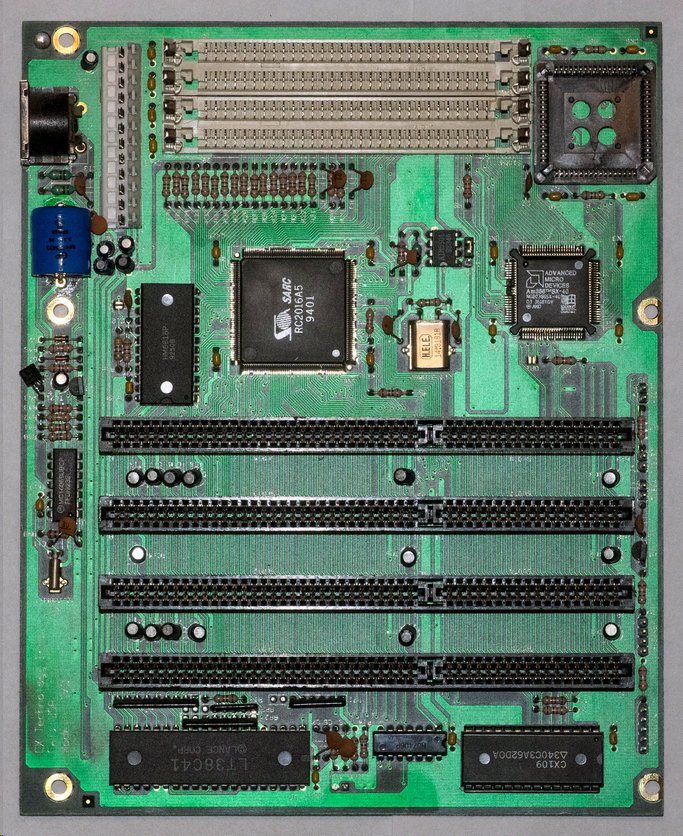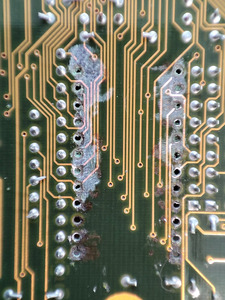Ok so the success chance is down from 99.9 to a more realistic 90% due to possible internal trace damage/shorts.
As for introducing soldering damage, I am good enough to able to solder QFPs even in crowded modern motherboards, so I am hoping not to stress the board by repositioning/resoldering parts too much. I literally practiced on QFPs years ago because I couldn't believe some people were able to solder those millipede legs by hand.
For diagnosis, I already spent time doing what I can. I already tried looking for shorts, tried looking for missing VCC inputs. But I will do another hour or so to double check before I desolder everything.
rasz_pl wrote on 2023-07-02, 09:43:Parts cannon approach. Same success rate as going to the dealer when your 30 year old exotic car doesnt run, proportionally same […]
Show full quote
Parts cannon approach. Same success rate as going to the dealer when your 30 year old exotic car doesnt run, proportionally same cost too 😀
>So I can either learn electronics repair in my spare time, or brute force the repair.
success rate just went down to a level of a teenager off the street working at the car dealer as a mechanic 😀 All the parts, all the diagnostic logs, no skill in using the tools.
Why not buy another board?
You have to be visualizing a complex model, because my motherboard is as simple as possible. Below is an approximate picture (same ICs).
As for buying another one, I already have a working SX-40. This project is specific to this particular board, because the components for this model are so cheap and numerous, and the PCB is visibly undamaged.


